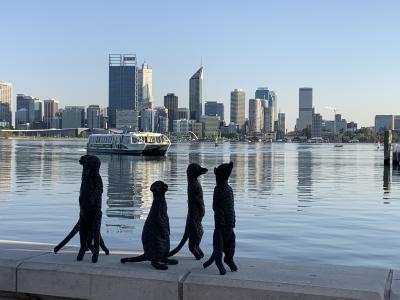 A short stroll from The Peninsula in South Perth, “Mindeerup (Min-dee-rup) is the new gateway to South Perth providing a vibrant and engaging visitor experience with its open spaces featuring eye-catching public artworks, feature lighting and landscaped areas.
A short stroll from The Peninsula in South Perth, “Mindeerup (Min-dee-rup) is the new gateway to South Perth providing a vibrant and engaging visitor experience with its open spaces featuring eye-catching public artworks, feature lighting and landscaped areas.
A traditional Noongar name meaning ‘place of the shore’, the name Mindeerup acknowledges the significance of this area in Noongar culture and heritage. Mindeerup is the perfect spot to meet up with friends or simply enjoy stunning views of the Swan River and Perth city.
At the piazza, larger than life animal canopies greet visitors whilst also providing shade. These giant numbat and frill neck lizard installations were conceived in consultation with Perth Zoo, with the animals representing the zoo’s focus on conservation and native fauna.
 The giant numbat represents the state’s animal emblem and acknowledges Perth Zoo’s commitment to the preservation of this endangered species. At 23.5m long, 6.5m tall and 5.6m wide and weighing approximately six tonnes, the numbat is made from plate aluminium and shades visitors during the day and lights up at night as it watches over Mends Street.
The giant numbat represents the state’s animal emblem and acknowledges Perth Zoo’s commitment to the preservation of this endangered species. At 23.5m long, 6.5m tall and 5.6m wide and weighing approximately six tonnes, the numbat is made from plate aluminium and shades visitors during the day and lights up at night as it watches over Mends Street.
Facing the Swan River, the frilled neck lizard welcomes visitors to the area, greeting them off the ferry with its giant frill and protecting and shading pedestrians as they walk towards Mends Street. Almost 10m high and weighing nine tonnes, the lizard is 21m long, 9.2m wide and 9.7m high, also made from plate aluminium.
 Equally as intriguing public artworks include a family of friendly meerkats and a trio of promenading emus created by Western Australia artists Mikaela Castledine and Russell Sheridan. These works acknowledge the historical links between the area and zoo, which is just a short walk away, up Mends Street.
Equally as intriguing public artworks include a family of friendly meerkats and a trio of promenading emus created by Western Australia artists Mikaela Castledine and Russell Sheridan. These works acknowledge the historical links between the area and zoo, which is just a short walk away, up Mends Street.
Artworks by Noongar artist Yondee Shane Hansen and Art + (Art Coordination) were commissioned specifically for the site to ensure Whadjuk Noongar culture is at the centre and a highlight of Mindeerup.
Hansen’s understated yet thoughtful ground-level sculptures, Yedi Waangki-ny (Songlines), are found embedded in the paving near the grassed area. Intricate patterns reference storm clouds, emu feathers, rock formations, waterholes and song lines”



